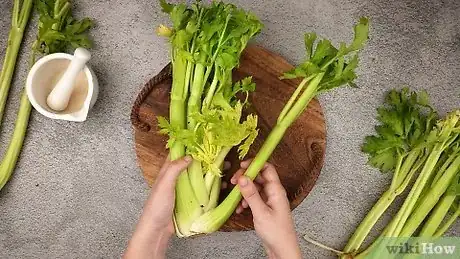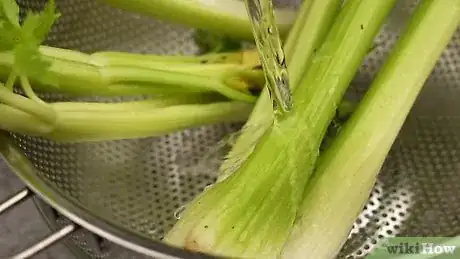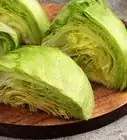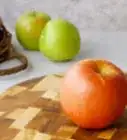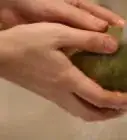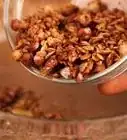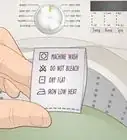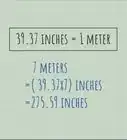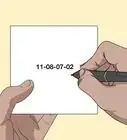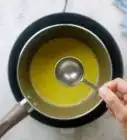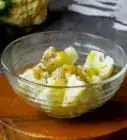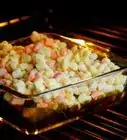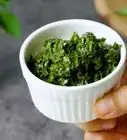This article was co-authored by Abyssinia Campbell and by wikiHow staff writer, Aly Rusciano. Abyssinia Campbell is an Executive Chef and the Owner of Chef Abyssinia, Personal Chef and Catering. With over ten years of experience, she specializes in catering, event planning, menu development, meal planning, and food business operations. When it comes to cooking, Chef Abyssinia enjoys using fruits, vegetables, healthy food alternatives, and local farm-fresh ingredients. She holds a BASc in Culinary Arts and Food Service Management from Johnson and Wales University.
There are 11 references cited in this article, which can be found at the bottom of the page.
This article has been viewed 67,732 times.
Celery can add lots of flavor to many meals, but how do you cut it? In this article, we’ll teach you everything there is to know about preparing and slicing this crunchy vegetable. Whether you’re fixing a salad, stew, or sautéed meal, we’ve got the best ways you can cut celery to enhance your dish to be oh-so-delicious.
Steps
Things You’ll Need
- Sharp knife
- Cutting board
- Vegetable peeler (optional)
References
- ↑ https://youtu.be/fRg4_-xBB9Y?t=10
- ↑ https://uwyoextension.org/uwnutrition/newsletters/celery-stalk-or-rib/
- ↑ https://youtu.be/fRg4_-xBB9Y?t=33
- ↑ https://youtu.be/fRg4_-xBB9Y?t=26
- ↑ https://uwyoextension.org/uwnutrition/newsletters/celery-stalk-or-rib/
- ↑ https://youtu.be/q2ZD6E3g9gY?t=100
- ↑ https://youtu.be/nMjlnBFibnI?t=16
- ↑ https://youtu.be/8VBnaFhOEn8?t=82
- ↑ https://youtu.be/c91ePNq5mFA?t=51
About This Article
Before you chop your celery, separate the stalks from one another before washing them with cold water to remove dirt. Use a knife to cut the white bits off each stalk, then cut the stalks into thin slices resembling half moons. If you're preparing a snack, cut each stalk lengthwise down the middle before chopping the halves into 4-inch-long pieces to make celery sticks. Instead of slicing the stalks in half, cut your celery into 1 inch chunks if you're going to use it in a sauce. For advice on how to peel celery and how to finely dice it, read on!
